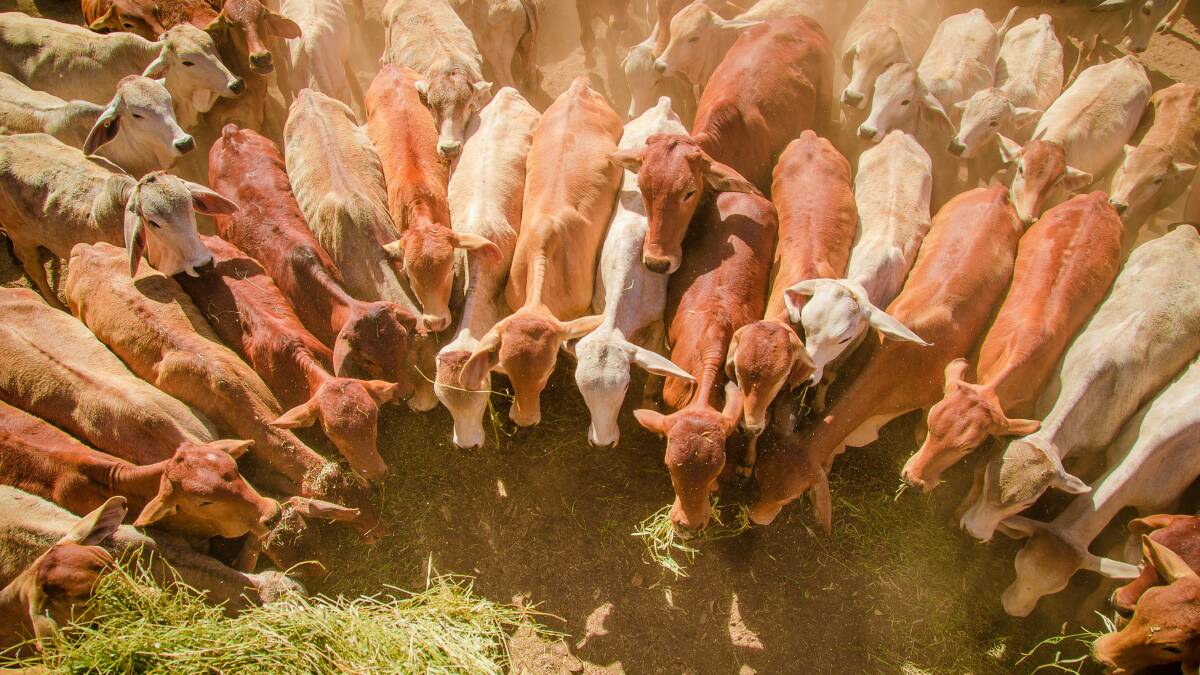
ANTICIPATION is strong that cattle prices are finally on the verge of retreating but supply will remain tight by historical standards for some time.
For the live export trade, that will mean the changes that have occurred upstream from the cattle supplier in an attempt to retain valuable markets will continue for some time.
Supply will continue to be the dominant story, live exporters told the Northern Territory Cattlemens' Association annual conference in Darwin this month.
Patrick Underwood, from Australian Cattle Enterprises, said many cattle that would ordinarily be available for live-ex in the Territory have gone out of the state as weaners in the past year.
The big money from restockers and feedlotters in Eastern Australia on offer simply outcompeted the live export trade on younger animals, he said.

That situation would be exacerbated by the light wet season.
"A lot of cattle will come onto market in the next two to three months, which will be very good for us, and we will almost certainly see the price come back but we are going to be short of cattle at the back end of year," Mr Underwood said.
Ships were increasingly being shared, part shipments sent, and others filled with different types of cattle in an attempt to bring the average to the importer lower, he said.
ALSO SEE:
"If you asked anyone whether we'd see $5-plus for live-ex in December, they would have said it will never happen, no one can afford to pay that," Mr Underwood said.
"A month later it was headed towards $5.50/kg."
Good for the producer that may be, however it has had a devastating effect on live exporters and Australia's live-ex customers.
"Indonesia has been the most resilient. It has battled its way through," Mr Underwood said.
"But secondary markets like the Philippines, Malaysia and Vietnam have really cut back."
Thomas Elders Markets reports current live export cattle volumes from Australia to Vietnam are running 92 per cent below the five-year average trend.
Over the first two months of 2022, total volumes of live cattle exports from Australia are 49pc under the five-year average seasonal pattern.
Austrex's Tom Slaughter said the high costs and low availability of Australian live cattle had meant other countries had started participating.
"Brazil has sent shipments to Vietnam and that is also a risk for Indonesia and there is talk about Mexico coming in too," he said.
"Obviously, it is a lot further to ship from those regions but with the immense pressure in the market - butchers are protesting around beef prices in Indonesia - the system is shaking."
It was critical over-regulation of the trade was kept in check, exporters said.
The Awassi event, moratorium on the live sheep export trade and reviews that have followed led to duplication in regulation processes and arduous requirements on what is a very good trade animal welfare wise in cattle going out of the north of Australia, they said.
"Our last nine shipments did not have a single mortality - Austrex is probably the same - and we are getting weight gains on every second animal," Mr Underwood said.
"But they are already talking about putting independent observers back on ships again, which costs us $30,000."
For all the big news in beef, sign up below to receive our Red Meat newsletter.


